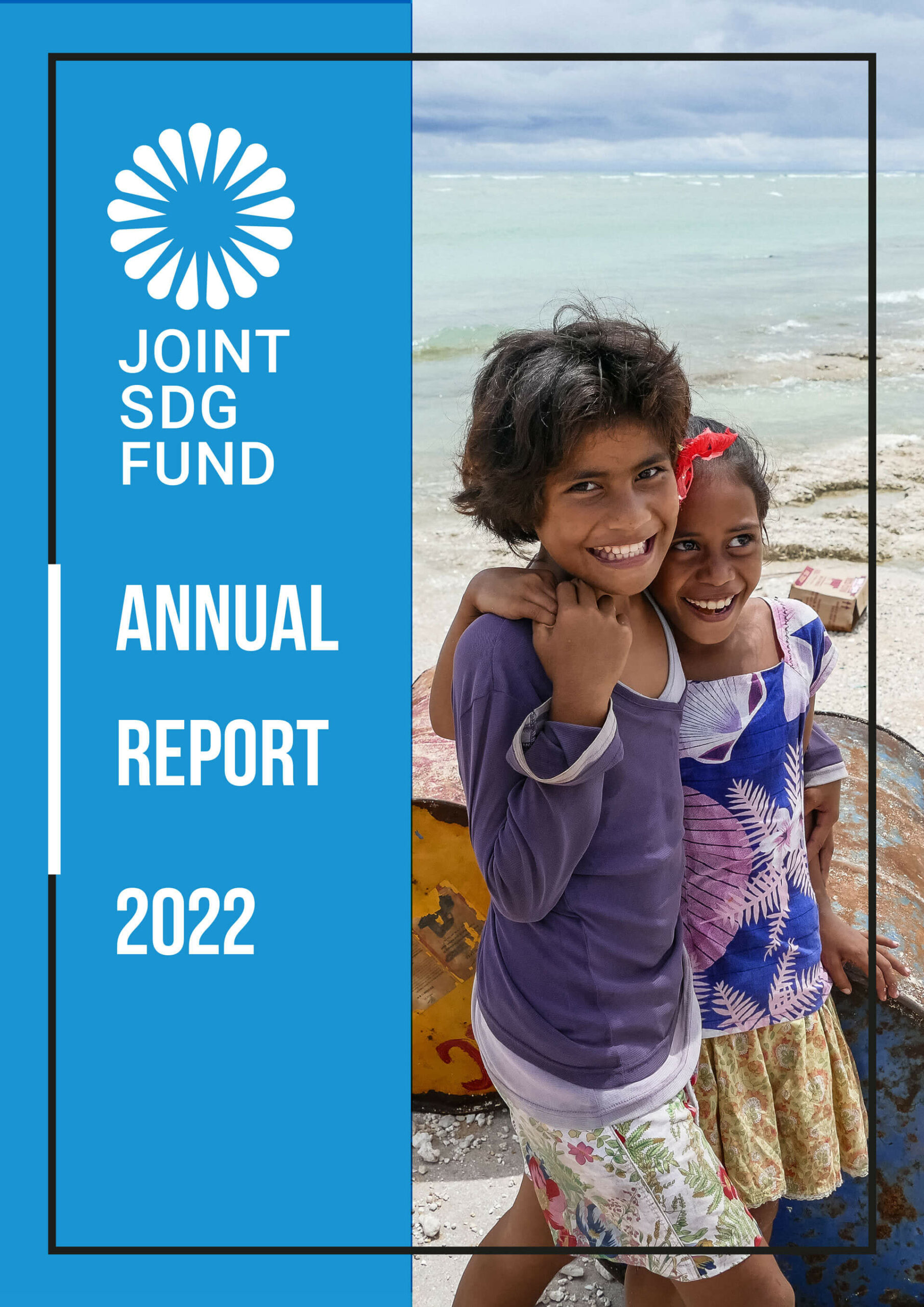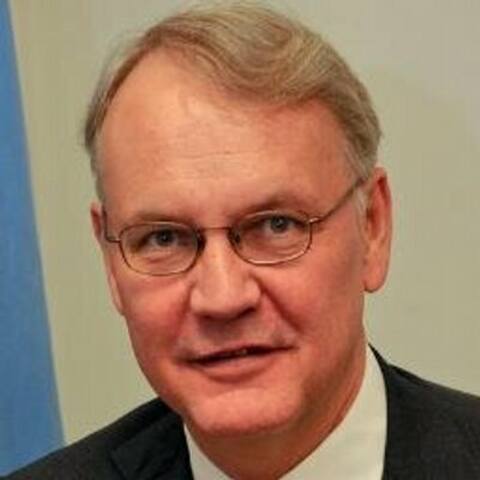The United Nations Joint Sustainable Development Goals (SDG) Fund began operations in 2019 and enables policy advice and programmatic support under the leadership of the UN Resident Coordinator (RC) to accelerate SDG implementation. To date, it has funded joint programmes by 19 UN entities in 35 countries, covering all major regions and country typologies.
The Joint SDG Fund is a multi-partner trust fund: so far, 11 European states and the European Union have pledged a total of US$ 276 million over a four-year period. Contributions are not entity-specific but aim to support system-level functions. This type of pooled funding is widely considered ‘multilateralism-friendly’: along with thematic entity-specific funds, it allows flexibility akin to core funds to be used at the discretion of UN entities in line with the decisions of their governing bodies. Flexibility in reallocating funds has proven critical for the UN development system’s ability to rapidly respond to the COVID-19 pandemic.
Inter-agency trust funds are key among the few options available to contributors wishing to fund collaboration among UN entities, and thereby help the UN development system transition towards more integrated support.1 The Joint SDG Fund thus differs markedly from project funding, which to date has constituted the bulk of earmarked funding across the UNDS. Together with other reform measures, the fund may help counter the fragmentation arising from restrictive single-UN entity funding that targets a particular activity within a specified country or region. The Joint SDG Fund therefore has the potential not only to catalyse UN reform by fostering collaboration, it can also help enable the UNDS to provide better support at scale, including through partnering with external actors.
Earmarked funding grows but pooled funding falls short
Restrictively earmarked funding has allowed the UNDS to grow and expand over time. In recent years, UNDS funding has continued to rise – from US$ 29.5 billion in 2016 to US$ 36.4 billion in 2018 – with a substantial share of this coming with bilateral demands attached. Since 2003, earmarked funding has increased over three times faster than core funding, and now makes up almost 80% of all funding for operational activities (for development-related activities, the figure is slightly less at 72%). Yet restrictively earmarked funds are known to have negative side effects. Not only do they fuel competition and hamper cooperation among UN entities – thereby undermining the integrated and high quality support at scale essential for achieving Agenda 2030 – they also negatively impact UN development organisations’ effectiveness, efficiency and legitimacy.2
According to recent financial figures, development related interagency-pooled funds currently account for 7.1% of all earmarked funding, while the Funding Compact has set a target of 10% by 2030. Although development-related pooled funds saw a significant 78% increase in contributions in the two years following 2016, the annual contribution to perhaps the two most critically important pooled-funding instruments failed to meet Funding Compact targets in 2018: the Peace building Fund received US$ 135 million in contributions, far short of the envisaged US$ 500 million; and the Joint SDG Fund received US$ 55 million, again far short of the US$ 290 million target.3
If substantively capitalised, the Joint SDG Fund can become a transformational instrument for the UNDS as it attempts to help achieve the SDGs in COVID-19 times. Four of its features in particular promise to bring about positive change: 1) its focus on transformative impact; 2) its potential to facilitate a shift in the UN from funding to financing; 3) its crucial support to UNDS reforms; and 4) its competitive design and rigorous operational framework.
Read next: Integrated policy support needed to achieve the SDGs






















